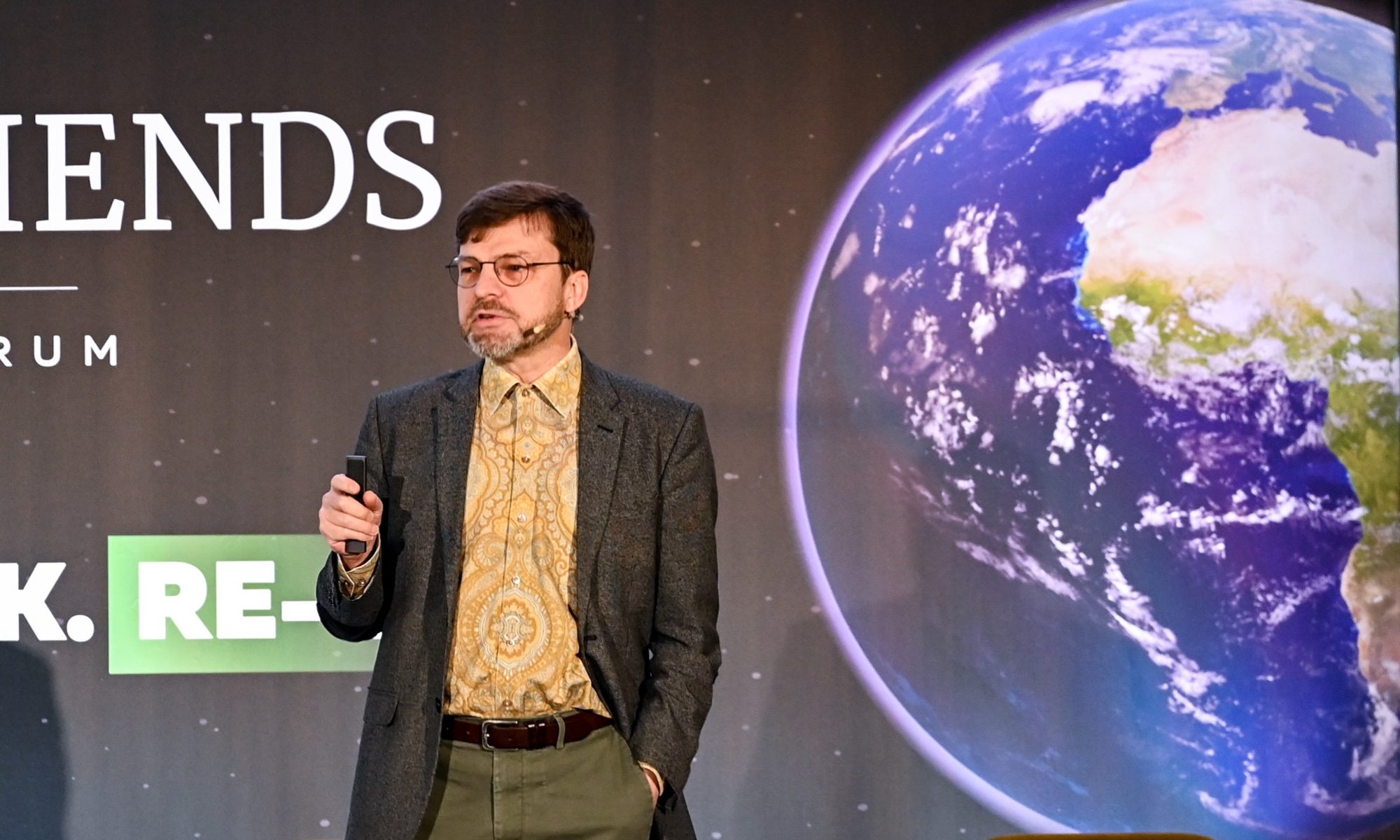What Can Web 2.0 Teach Us About CSR?
Blog by Wayne Visser
Part 6 of 13 in the Age of Responsibility Blog Series for CSRwire.
By May 2008, it was clear to me that the evolutionary concept of Web 2.0 held many lessons for CSR. At the time, I declared: ‘The field of what is variously known as CSR, sustainability, corporate citizenship and business ethics is ushering in a new era in the relationship between business and society. Simply put, we are shifting from the old concept of CSR – the classic notion of “Corporate Social Responsibility”, which I call CSR 1.0 – to a new, integrated conception – CSR 2.0, which can be more accurately labelled “Corporate Sustainability and Responsibility”.’
The allusion to Web 1.0 and Web 2.0 is no coincidence. The transformation of the internet through the emergence of social media networks, user-generated content and open source approaches is a fitting metaphor for the changes business is experiencing as it begins to redefine its role in society. Let’s look at some of the similarities.
Web 1.0
- A flat world just beginning to connect itself and finding a new medium to push out information and plug advertising.
- Saw the rise to prominence of innovators like Netscape, but these were quickly out-muscled by giants like Microsoft with its Internet Explorer.
- Focused largely on the standardised hardware and software of the PC as its delivery platform, rather than multi-level applications.
CSR 1.0
- A vehicle for companies to establish relationships with communities, channel philanthropic contributions and manage their image.
- Included many start-up pioneers like Traidcraft, but has ultimately turned into a product for large multinationals like Wal-Mart.
- Travelled down the road of “one size fits all” standardisation, through codes, standards and guidelines to shape its offering.
Web 2.0
- Being defined by watchwords like “collective intelligence”, “collaborative networks” and “user participation”.
- Tools include social media, knowledge syndication and beta testing.
- Is as much a state of being as a technical advance – it is a new philosophy or way of seeing the world differently.
CSR 2.0
- Being defined by “global commons”, “innovative partnerships” and “stakeholder involvement”.
- Mechanisms include diverse stakeholder panels, real-time transparent reporting and new-wave social entrepreneurship.
- Is recognising a shift in power from centralised to decentralised; a change in scale from few and big to many and small; and a change in application from single and exclusive to multiple and shared.
So what will some of these shifts look like? In my view, the shifts will happen at two levels. At a macro-level, there will be a change in CSR’s ontological assumptions or ways of seeing the world. At a micro-level, there will be a change in CSR’s methodological practices or ways of being in the world.
Macro Shifts
The macro-level changes can be described as follows: Paternalistic relationships between companies and the community based on philanthropy will give way to more equal partnerships. Defensive, minimalist responses to social and environmental issues are replaced with proactive strategies and investment in growing responsibility markets, such as clean technology. Reputation-conscious public-relations approaches to CSR are no longer credible and so companies are judged on actual social, environmental and ethical performance (are things getting better on the ground in absolute, cumulative terms?) …
Continue reading
[button size=”small” color=”blue” style=”download” new_window=”false” link=”http://www.waynevisser.com/wp-content/uploads/2012/06/blog_web2_csr_wvisser.pdf”]Pdf[/button] What can Web 2.0 teach us about CSR? (blog)
Related websites
[button size=”small” color=”blue” style=”tick” new_window=”false” link=”http://www.csrinternational.org”]Link[/button] CSR International (website)
[button size=”small” color=”blue” style=”tick” new_window=”false” link=”http://www.waynevisser.com/books/the-age-of-responsibility”]Link[/button] The Age of Responsibility (book)
Cite this blog
Visser, W. (2011) What Can Web 2.0 Teach Us About CSR? Wayne Visser Blog Briefing, 10 November 2011.






